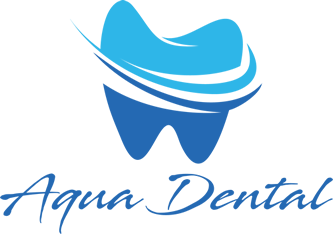Orthodontic problems can have a negative impact on your child’s oral health if not addressed properly. As parents, it’s important to be able to identify early symptoms of orthodontic problems and get them in for a consultation to determine whether any action should be taken.
When are braces really needed and when is the best time to begin?
Review the signs that your child may need braces below, and if any of the signs apply to your child, we can help you create a plan and determine whether any action is necessary.
Crowding is the most common reason to seek orthodontic treatment for kids.
Crowding basically means that there is insufficient space in the mouth for all the teeth. Without the proper room for all those teeth, the teeth crowd each other resulting in crooked teeth. Unfortunately, crowding tends to get worse over time as your child gets older and can make even the simple task of brushing and flossing more complicated, requiring more time and effort to clean all teeth properly. Severe crowding may result in areas that are virtually impossible to clean. This can cause plaque accumulation which in turn causes tooth decay, bad odor, gum disease, and bone loss around teeth.
Orthodontic treatment at a young age will help align and straighten teeth in order to avoid future oral pain and health issues and reduce the risk of cavities and gum disease.
Overbite refers to the vertical and horizontal overlap of the front teeth. The severity of the overbite can vary but an overbite is usually noticeable when the front teeth stick out much farther than the bottom teeth. An increased overbite may cause the following issues and oral health problems:
- Increased risk of trauma to the front teeth
- Significantly increase the likelihood of fracturing the front teeth in the cause of injury
- Complications and reduced longevity of dental restorative work such as cosmetic fillings, crowns, and veneers.
If your child was a long-term thumb sucker, it’s likely that they will exhibit an overbite where the front teeth are protruding.
Crossbite is an abnormal bite in which the upper tooth is behind the lower opposing tooth. If left untreated, this problem may cause:
- Excessive wear or fracture of both teeth
- Increased gum recession of the affected teeth
- Inability to restore fractured or worn teeth
- Asymmetric jaw growth
An underbite is an abnormal bite in which all the upper front teeth are behind the lower front teeth. This sign is usually associated with disproportionate jaw size and may cause the following issues:
- Imbalanced facial appearance
- Accelerated facial aging
- Difficulty biting and chewing
Open bite is an abnormal bite in which the front teeth do not touch. This may cause:
- Difficulty biting
- Speech problems, such as lisps
Even if it’s not severe, Drs. James and Samuel Owens will be able to help determine whether your child’s bite will get worse as they age and whether orthodontic treatment is needed.
We like to begin orthodontic treatment around the ages of 11 to 13, but this varies between patients.
If your child has any of the signs above, book your orthodontic appointment with dentists Drs. James and Samuel Owens office at 918.455.7700. We can examine your child’s teeth and mouth and make a recommendation.


Recent Comments